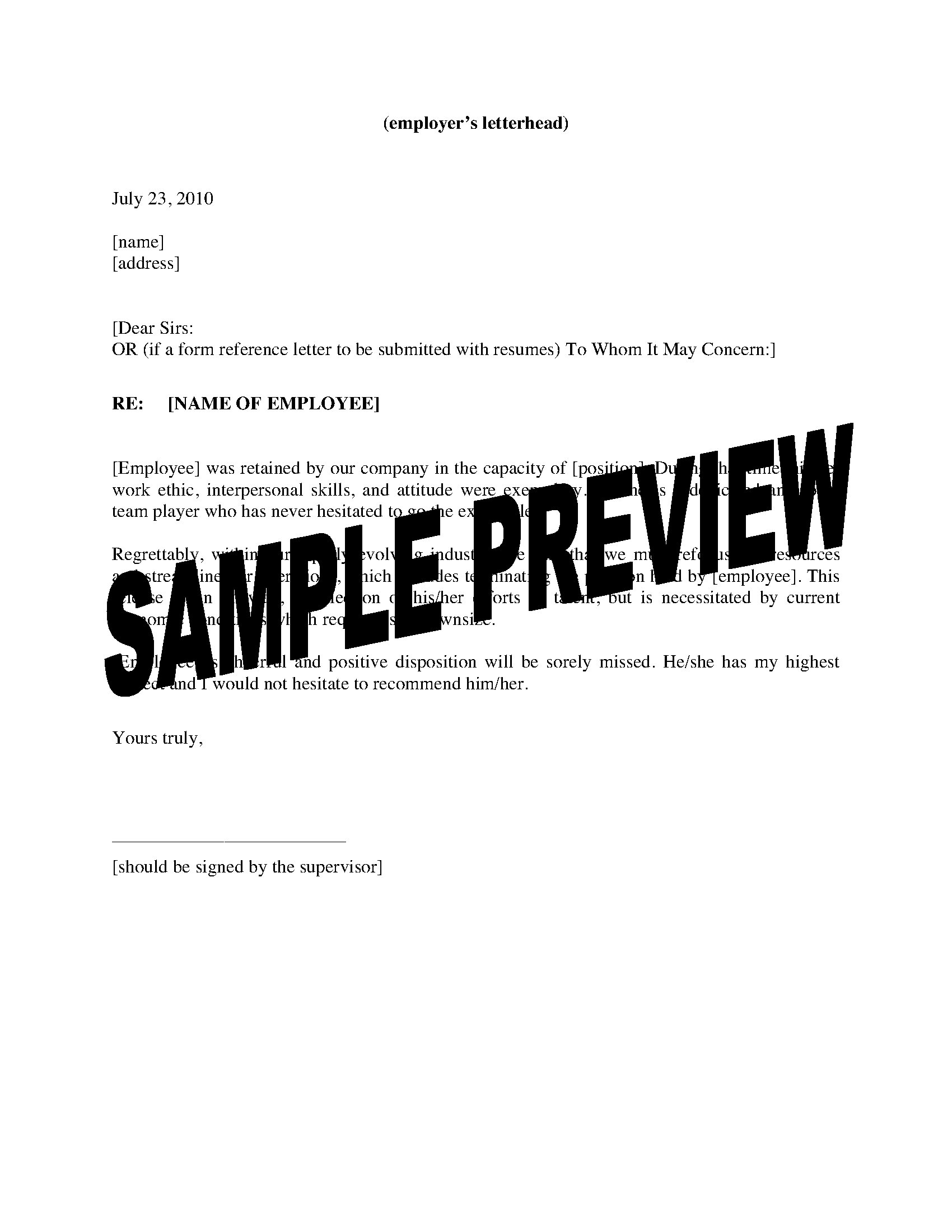Redundancy Pay If Company Goes Bust: Comprehending Your Entitlements in the UK
Redundancy Pay If Company Goes Bust: Comprehending Your Entitlements in the UK
Blog Article
Exploring the Operational Characteristics of Company Redundancy and Its Long-Term Sustainability

Redundancy Methods for Organization Connection
In order to make certain uninterrupted operations, organizations need to apply reliable redundancy methods for organization connection. Redundancy in this context refers to the replication of important parts or functions within a system to alleviate the influence of potential failures. By including redundancy approaches, organizations can boost their durability against interruptions triggered by numerous variables such as natural calamities, equipment failures, or cyber-attacks.
One usual redundancy method is the application of backup systems and data storage space solutions. This involves developing duplicates of crucial data and systems that can be triggered in instance of a main system failing. In addition, companies can establish redundant interaction networks and power sources to maintain connectivity and operations during unanticipated occasions.
Moreover, cross-training workers to carry out several functions within the business can function as a beneficial redundancy approach. If key workers are not available due to health problem or other factors, this makes certain that crucial jobs can still be carried out also. In general, efficient redundancy techniques are important for businesses to support functional continuity and reduce the effect of possible interruptions.
Impact of Redundancy on Business Durability
Given the vital role redundancy approaches play in making sure company continuity, exploring the influence of redundancy on organizational strength ends up being critical for recognizing the alternative functional dynamics of a firm. Business durability describes an entity's capability to adjust to disruptions, recoup from setbacks, and change when necessary while preserving core features. Redundancy, when strategically applied, can considerably add to enhancing a company's durability despite unforeseen obstacles. By having backup systems, personnel, or procedures in position, business can much better stand up to shocks and proceed procedures with minimal interruption.
Furthermore, redundancy can strengthen staff member spirits and self-confidence, recognizing that there are contingency plans in location to attend to unpredicted circumstances. This complacency can bring about raised performance and an extra positive work environment. Additionally, redundancy can foster development and creativity within a company as employees really feel encouraged to take calculated dangers, understanding that there is a security net to support them in case of failure. In general, the impact of redundancy on business strength is profound, forming the More about the author long-lasting sustainability and success of a business.
Stabilizing Efficiency and Flexibility in Redundancy
Achieving an unified equilibrium in between functional effectiveness and adaptive adaptability is an essential challenge in the strategic release of redundancy within companies. Efficient procedures are vital for maintaining productivity and cost-effectiveness, making certain that resources are made use of optimally. However, too much emphasis on performance alone can result in strength, making it challenging for organizations to adjust to unforeseen modifications or obstacles. On the other hand, flexibility permits companies to respond nimbly to progressing situations, fostering development and strength. Yet, way too much versatility without a strong operational structure can result in ineffectiveness and disparity.
To balance effectiveness and versatility in redundancy preparation, companies must very carefully analyze their functional demands, market characteristics, and tactical goals. Executing lean methods can improve efficiency by enhancing procedures and removing waste, while fostering a society of adaptability and constant renovation can boost flexibility. Furthermore, buying cross-training programs and durable communication channels can help cultivate a versatile labor force with the ability of managing diverse tasks throughout durations of shift. Eventually, discovering the best stability between performance and adaptability is critical for constructing a resistant and lasting organization in the face of unpredictability.
Long-Term Sustainability With Redundancy Preparation
To ensure long-lasting feasibility and stability, organizations should strategically straighten their redundancy planning with long-term sustainability objectives, thus integrating operational performance with weblink flexible versatility. Lasting sustainability with redundancy preparation involves greater than just temporary cost-cutting steps. It calls for an extensive strategic strategy that anticipates future difficulties and possibilities. Companies ought to check out redundancy not as a reactive option to prompt problems however as a proactive method for lasting success. By integrating redundancy planning with sustainability purposes, organizations can produce a resistant structure that can endure numerous market changes and interior adjustments.

Proactive Actions for Sustainable Business Workflow
Just how can firms proactively improve their operational sustainability for long-term success? Implementing proactive steps is vital for firms intending to make certain lasting procedures.
Moreover, promoting a society of constant enhancement and knowing within the organization can enhance flexibility to changing market problems and client demands. Urging worker participation in decision-making procedures and offering opportunities for specialist advancement can improve morale, productivity, and total performance. Establishing clear objectives, monitoring crucial performance indications, and regularly reviewing development are crucial components of aggressive sustainability administration.
Collaborating with suppliers, consumers, and other stakeholders to advertise sustainable techniques throughout the supply chain can produce a surge result of favorable impact - redundancy pay if company goes bust. By taking aggressive actions towards functional sustainability, companies can construct durability, drive technology, and safeguard their long-lasting success in an ever-evolving company landscape
Verdict

In the world of organizational monitoring, the critical implementation of firm redundancy stands as a pivotal yet intricate technique that requires a fragile balance in between operational performance and long-lasting stability. By exploring the functional dynamics that underpin business redundancy and assessing its more comprehensive ramifications for organizational durability and flexibility, a nuanced understanding of just how redundancy approaches can form the future trajectory of a firm begins to unfold.Provided the critical role redundancy strategies play in making sure business continuity, exploring the effect of redundancy on business durability ends up being crucial for understanding the alternative functional dynamics of a business. In general, the influence of redundancy on organizational durability is additional info extensive, forming the long-term sustainability and success of a company.
In final thought, recognizing the operational dynamics of business redundancy is critical for guaranteeing lasting sustainability.
Report this page